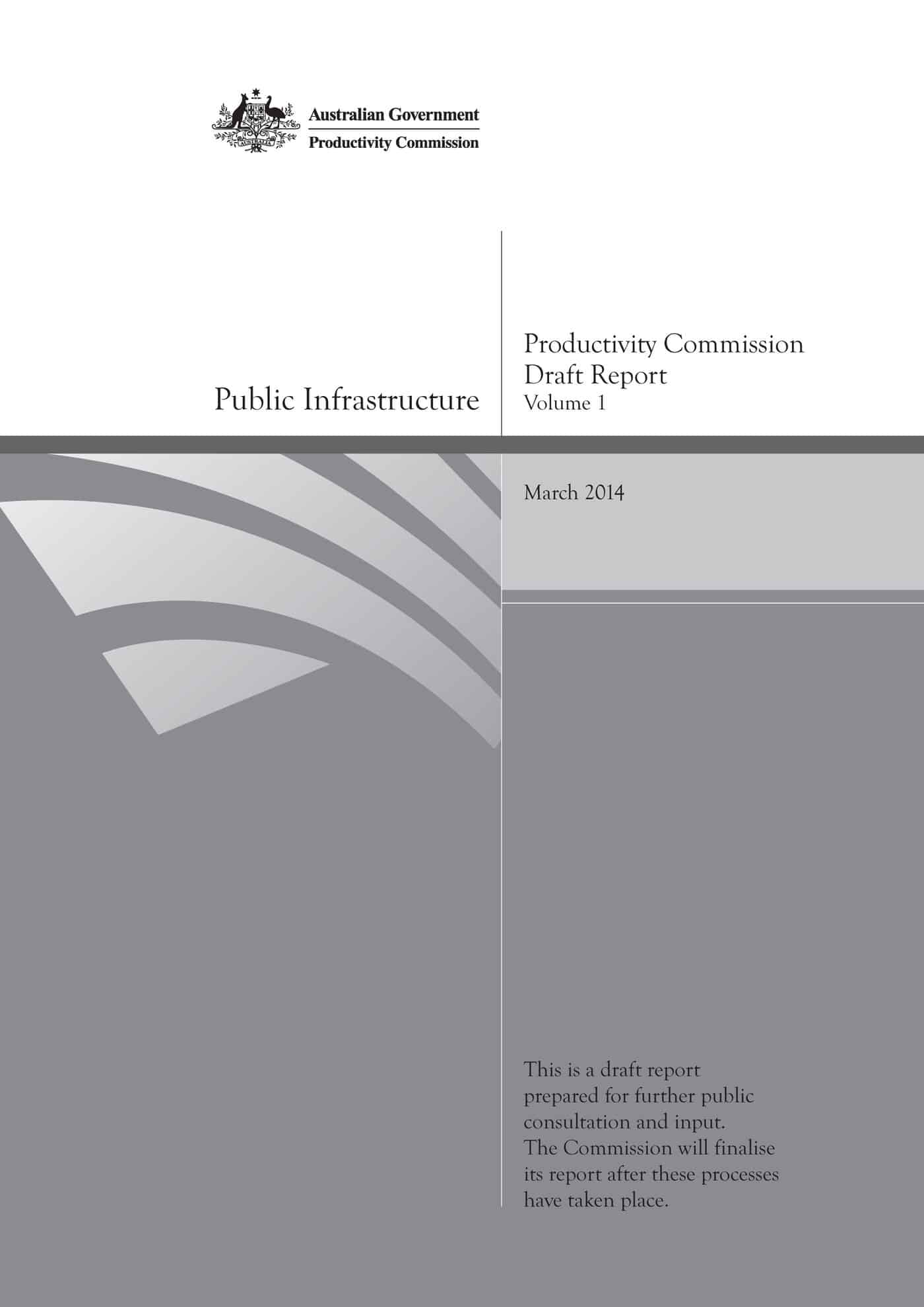Paul Breslin caused a stir in Australia’s OHS sector in 2013 with his costing of one element of managing high risk workplaces, the Safe Work Method Statement (SWMS). In 2014, an update of Breslin’s research was published in The Australian and New Zealand Journal of Health, Safety and Environment (only available through subscription), in which he states that
“Industry stakeholders claim that the SWMS Process is no longer manageable and that this document process has failed the industry and has basically outlived its usefulness” [and] Recent “criticism has centred on the fact that SWMSs, which were intended to be easy to use documents, have often become so large and complex that they are impractical to use”.
(The latter statement was supported by speakers at a recent (poorly attended) Safety In Construction Conference in Melbourne, Australia.)
Some general industry criticism has been aimed at occupational health and safety (OHS) regulators such as the various WorkSafes and the


 Productivity
Productivity